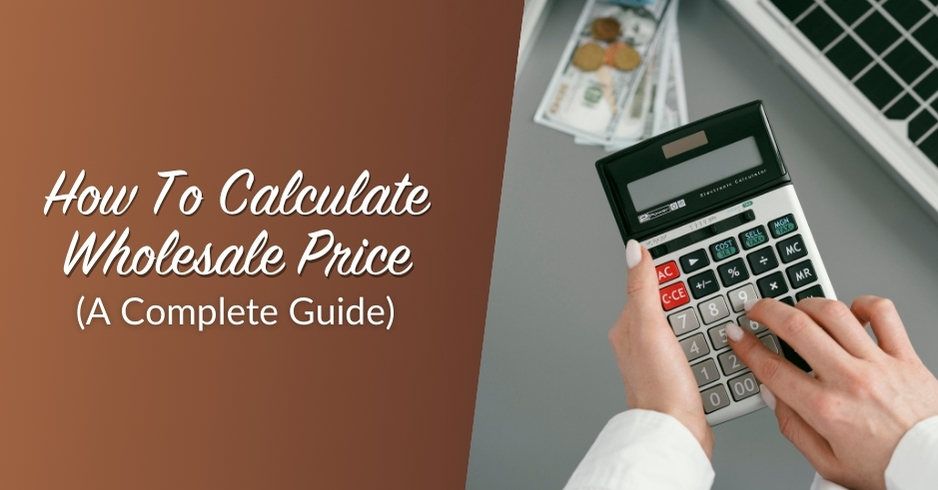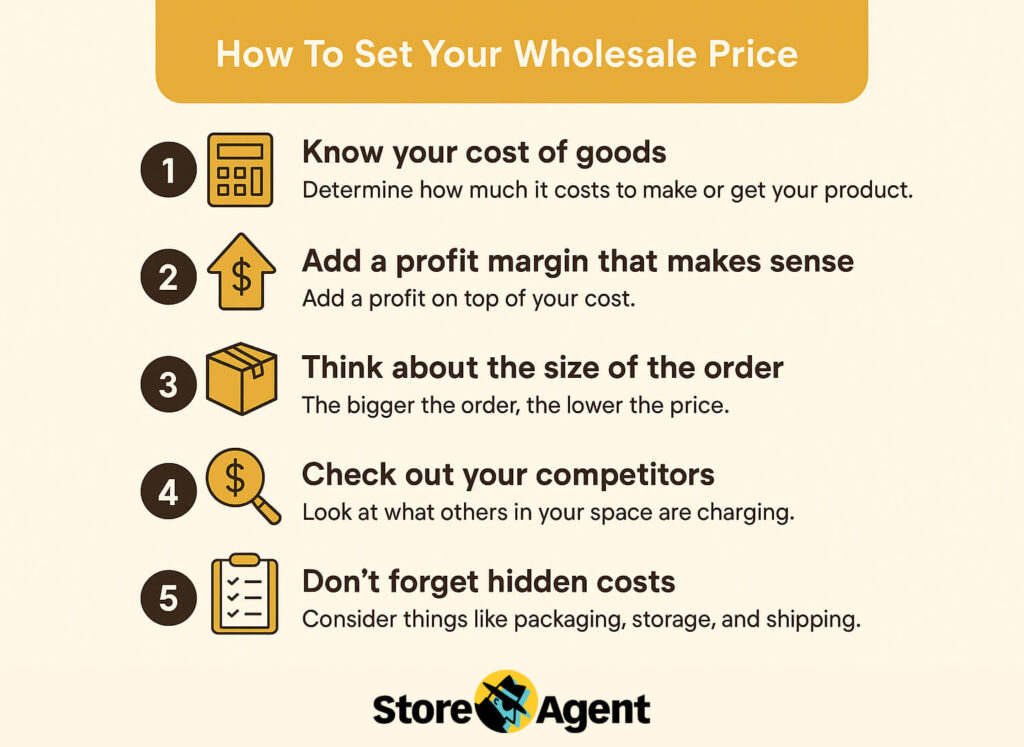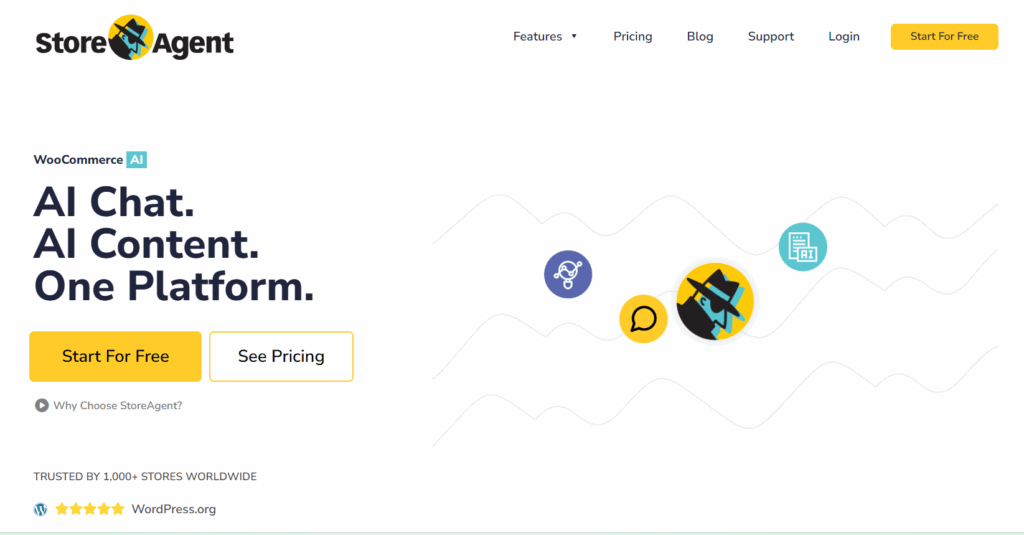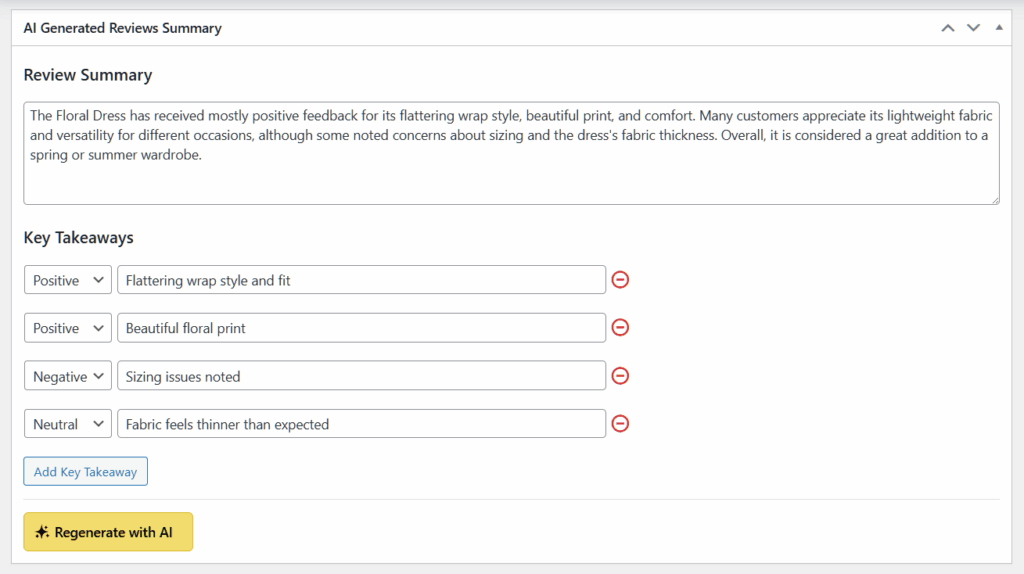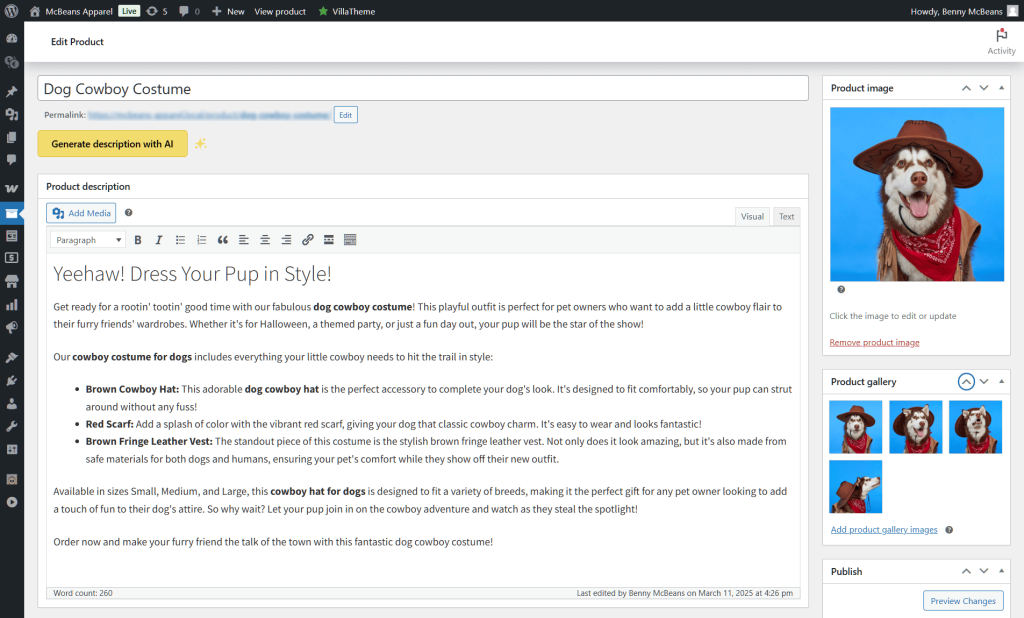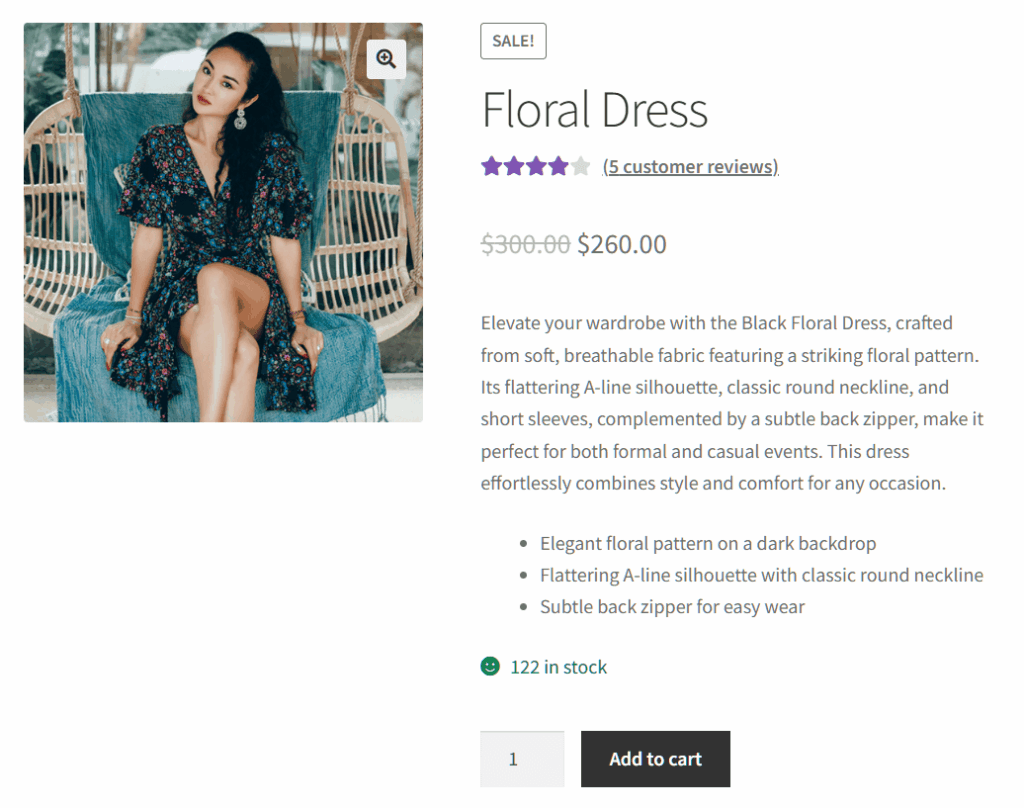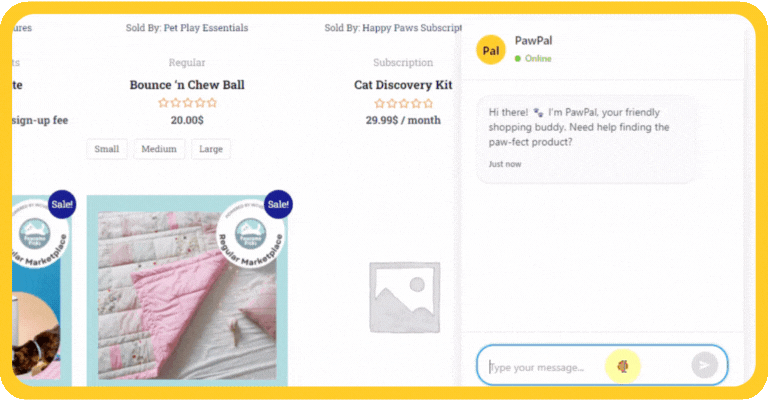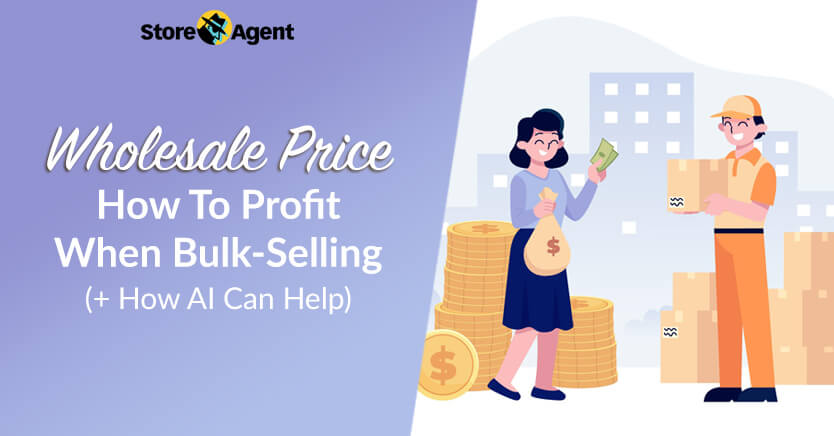
Wholesale price can be tricky to figure out, especially when you’re trying to keep your store profitable. Selling in bulk sounds great, but without the right pricing, you could end up working more and earning less.
That’s why learning how to set the right wholesale price matters. It helps you stay profitable, attract repeat buyers, and make your store easier to run.
This article will walk you through what wholesale pricing is, how it compares to retail, how to set it, and which mistakes to avoid. You’ll also learn how AI tools from StoreAgent can save you time and help grow your wholesale business.
- I. What Is Wholesaling?
- II. What Is Wholesale Price?
- III. Wholesale Price Vs. Retail Price
- IV. How To Set Your Wholesale Price
- V. Common Mistakes When Setting The Wholesale Price
- VI. AI For Wholesaling
- Conclusion
I. What Is Wholesaling?
To understand what wholesale pricing is, we must first define the word “wholesaling.”
Wholesaling is when a business sells products in large amounts to other businesses. These buyers usually resell the items or use them as supplies. In other words, wholesaling is all about bulk orders.
On the other hand, retail involves individual customers buying one or a few items for personal use.
An example of a retail buyer is a person buying a pair of shoes from an online store. Meanwhile, an example of a wholesale buyer is a boutique owner ordering 50 pairs to resell in their shop.
🔥 Hot Tip!! 🔥 Want to run an online wholesale store? Wholesale Suite is a top-tier wholesale solution for WooCommerce, with powerful tools allowing you to set wholesale pricing, capture leads, create wholesale order forms, offer online invoice billing, and more.
II. What Is Wholesale Price?
Also known as the wholesale rate, the wholesale price is the amount a business charges when selling products in bulk to another business.
The wholesale price is usually lower than the retail price. This lets the buyer purchase in bulk and still make a profit when reselling. They also save more with every unit. It’s like buying a whole cake instead of single slices—it just costs less in the long run.
However, this helps not just the buyers, but the sellers too.
While buyers get a better price per unit, sellers move more products at once. This means faster cash flow and less stock sitting around. Furthermore, it cuts down on the work of packing and shipping small orders.
In short, businesses use wholesale pricing to move stock quickly and make money faster.
Want to learn how to calculate wholesale prices? Then check out our extensive guide:
Let’s break down what wholesale pricing is:
- Sold in bulk: Wholesale prices are made for big orders. A buyer might need 100 shirts, not just one.
- Lower than retail: The price per item drops when sold in bulk. That’s the reward for ordering more.
- Saves time and effort: Bulk sales mean fewer small transactions. Sellers can focus more on running the shop.
- Win-win deal: Buyers get lower prices. Sellers move more products and earn faster.
Wholesale price is about making business smoother for both sides. It keeps products moving and everyone earning.
III. Wholesale Price Vs. Retail Price
Wholesale price and retail price are not the same. They serve different people and work in different ways.
One is meant for selling in large amounts. The other is for one-on-one sales to everyday customers.
- Who it’s for
Wholesale price is for businesses that buy in bulk. These buyers resell the items or use them in their own products.
Retail price is for the end customer: the person who uses or wears the item.
- How it’s calculated
Wholesale price is based on the cost of making the item plus a small profit. It leaves room for the next person to earn, too.
Retail price is usually higher. It includes extra costs like marketing, rent, and staff wages.
- How profit works
In wholesale, the seller earns less per unit but sells more units at once. The money adds up through volume.
In retail, the profit per item is higher. But the sales are usually smaller and slower.
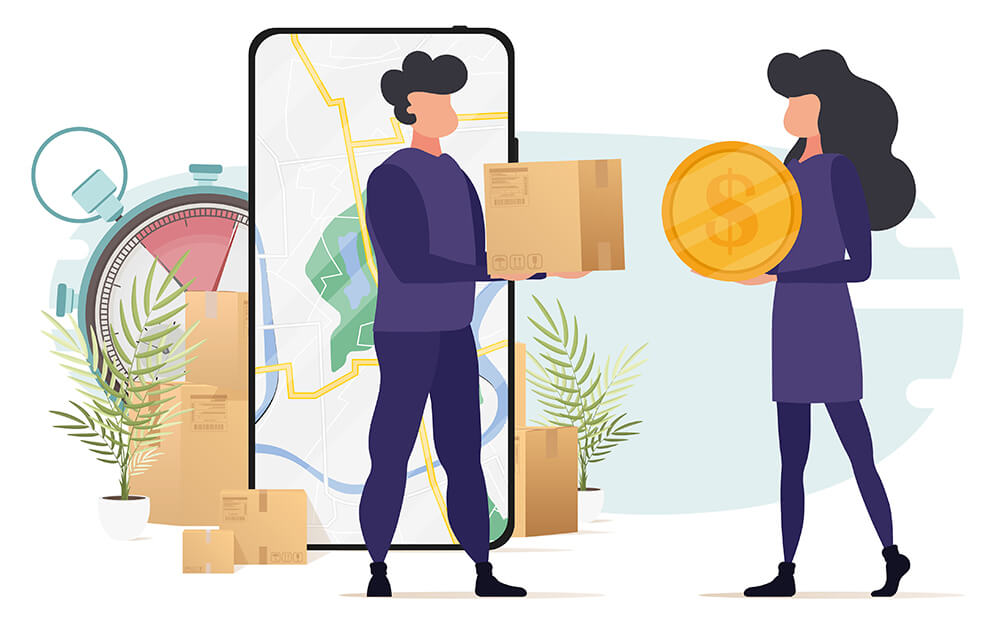
Both prices have their own purpose. They work together to keep the supply chain moving from maker to customer.
IV. How To Set Your Wholesale Price
From our experience, getting wholesale pricing right takes more than just guessing. You need to look at your costs, your market, and your goals.
Here are five simple steps to help you do it right.
1. Know your cost of goods
Start by knowing how much it costs to make or get your product. This includes materials, labor, and anything else that goes into making it.
For example, if it costs $5 to make one candle, that’s your base cost. That $5 includes wax, the jar, the wick, scent oils, and your time.
2. Add a profit margin that makes sense
After finding your cost, add a profit on top. This is what you earn on each item.
If your candle costs $5 to make, you might sell it wholesale at $8. That gives you $3 profit per unit.
3. Think about the size of the order
Bigger orders often get better deals. You can lower the price a little if someone buys a lot.
For instance, you might charge $8 per candle for 20 pieces, but $7.50 each for 100.
4. Check out your competitors
Look at what others in your space are charging. You don’t have to copy them, but it helps to know the range.
If most sellers offer handmade soap at $4 wholesale, a $10 price tag might scare people off.
5. Don’t forget hidden costs
Think about things like packaging, storage, and shipping. These costs add up fast.
If you spend $1 on wrapping and $2 on shipping per item, add that to your base cost before setting the final price.
Remember, good wholesale pricing covers your costs, brings in profit, and stays fair in your market. Getting it right takes time, but it pays off.
V. Common Mistakes When Setting The Wholesale Price
From what we’ve seen, it’s easy to get wholesale pricing wrong, especially at the start. Some mistakes can eat into your profits without you even noticing.
With that in mind, here are a few to watch out for.
1. Setting prices too low
Many sellers think low prices will bring in more buyers. But if you price too low, you might not cover your costs.
A low price might help you sell fast, but you could end up with empty pockets.
2. Not tracking costs properly
It’s not just the raw materials. You also need to track labor, tools, and time.
If it costs more to make your product than you think, your price won’t be enough to keep your business running.
3. Forgetting shipping and packaging
Packing tape, boxes, and delivery fees all add up. These should be part of your pricing plan.
If you’re not careful, shipping can quietly eat your profits like a slow leak in a bucket.
4. Ignoring minimum order rules
Selling wholesale in small amounts doesn’t work well. You need minimum order rules to make the deal worth it.
If someone only buys two items at wholesale price, you might lose more than you gain.
5. Not adjusting prices over time
Costs change. Materials go up. Shipping gets more expensive.
If your price stays the same while your costs rise, your profits shrink without warning.
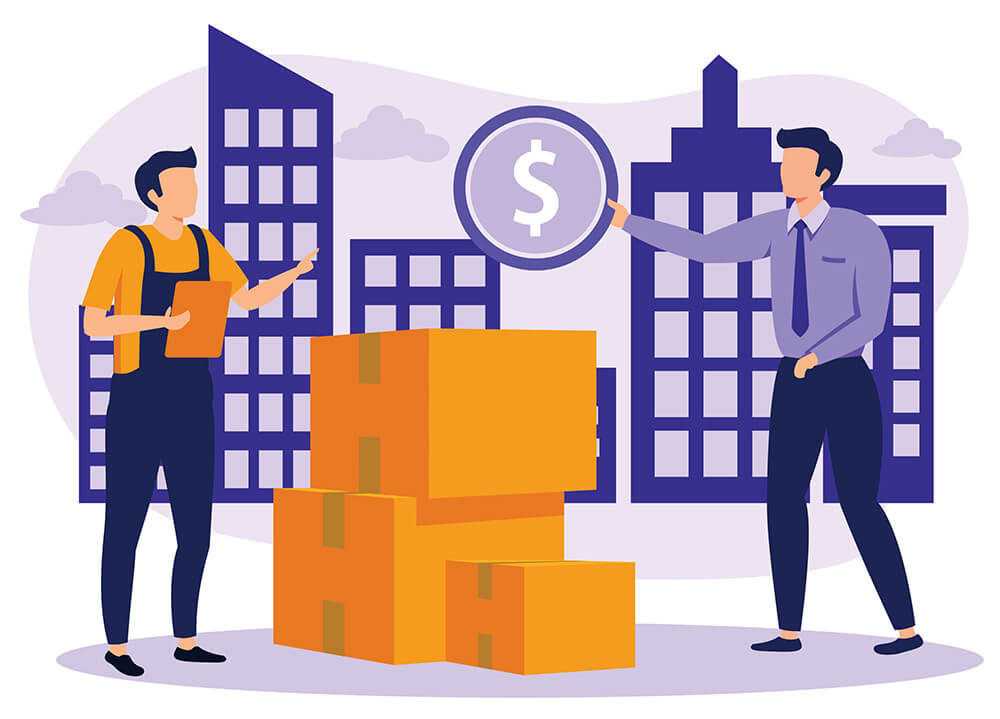
Avoiding these mistakes keeps your business steady. Wholesale pricing should help you grow, not wear you out.
If you want to know more about using AI in a wholesale store, check out AI Wholesale Tools: How To Make Your WooCommerce B2B Store Faster & Smarter
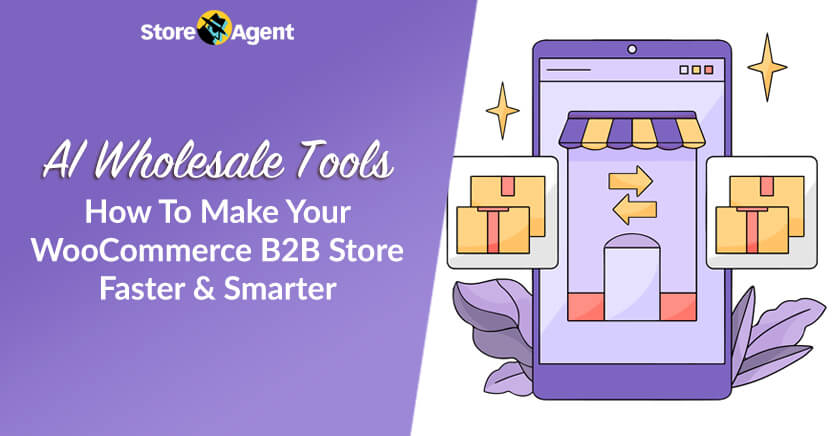
VI. AI For Wholesaling
Setting your wholesale price properly is only part of the job. However, there’s more you can do to grow your wholesale business.
One smart move is using AI. Like helpful assistants that never get tired, the right AI tools help make things faster, easier, and more efficient.
Case in point: StoreAgent is a collection of AI tools made for ecommerce store owners. It handles time-consuming tasks so you can focus on bigger things, such as getting more wholesale buyers.
Here are a few StoreAgent tools that can help:
1. Review Summaries AI
Wholesale buyers often want to see quick feedback from past customers. However, they don’t always have time to read long reviews one by one.
Thankfully, StoreAgent’s Review Summaries AI scans all the reviews and picks out the most helpful parts. Then, it turns them into a short summary that’s easy to read.
This way, buyers can quickly understand what people like or dislike about the product. It builds trust without wasting time.
2. Product Description AI
Writing detailed product pages takes time. It’s one of those tasks that pile up fast, especially if you sell a lot of products.
The Product Description AI can write full product descriptions in just a few clicks. All you need to do is give it the basics, like the tone, the length, and some SEO keywords. You can also tell it who the product is for, what age group it’s meant for, and what makes the item special. The AI then takes all this info and turns it into a clear, complete description.
This tool is great for stores with big catalogs or those that launch new products often. You save time and still get descriptions that sell.
3. Product Summaries AI
Not every shopper wants to read long blocks of text. Some just want the key points right away, especially on small screens.
The Product Summaries AI creates short versions of your product info. It works like the long description tool but focuses on writing quick summaries. You still give it the same details: tone, keywords, audience, and product features. The AI then turns that into a short, clear description.
These summaries go at the top of the page. That’s the first thing people see, so it needs to catch their attention. Thankfully, a good AI-generated summary can get them interested enough to want to find out more.
4. AI Chat
Buyers often ask things like “Is this machine washable?” or “What size is this?” Answering the same questions over and over takes up time.
StoreAgent Chat handles these questions automatically by pulling details from your WooCommerce product data. It can reply instantly with accurate information about variations, attributes, and product policies.
It also shares product links and previews directly in the chat, making it easier for shoppers to view the item they’re asking about. And because it stays updated through product syncs and AI Memory, the answers always reflect your latest catalog.
AI tools like these can take a big load off your shoulders. They make your wholesale business run smoother while keeping buyers happy.
Conclusion
Setting the right wholesale prices is key to running a profitable bulk-selling business. It helps you cover your costs, earn a steady income, and offer fair deals to buyers.
With smart pricing and the right tools, wholesale can become a steady engine for growth.
To recap, this article explored the following concepts:
- What is wholesaling?
- What is wholesale pricing?
- Wholesale price vs. retail price
- How to set your wholesale price
- Common mistakes when setting wholesale prices
- AI for wholesaling
Remember, pricing is just one part of the puzzle. With the help of AI tools like StoreAgent’s, you can write product pages faster, answer buyer questions, and keep your store running smoothly!
Eager to learn more about wholesaling and wholesale pricing? Then check out Wholesale Suite, the premium tool for online wholesalers!
